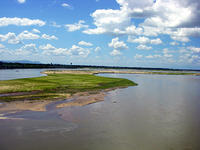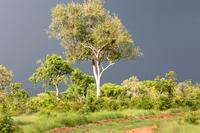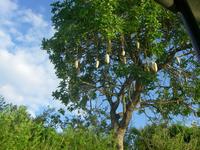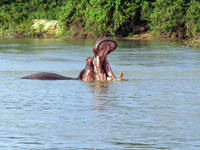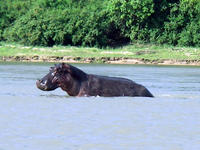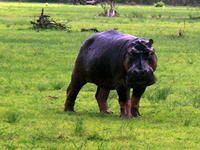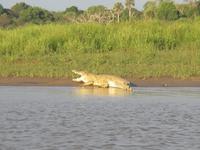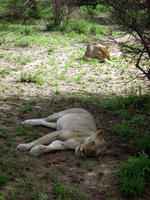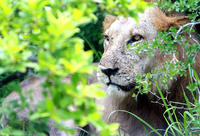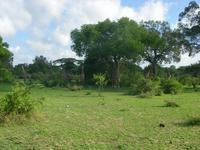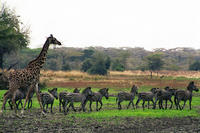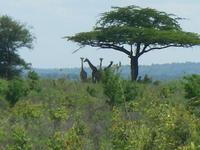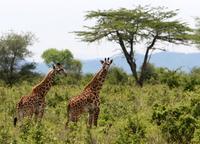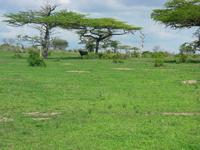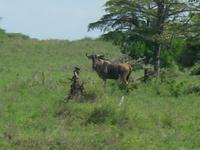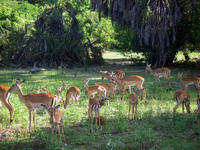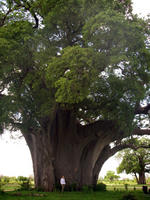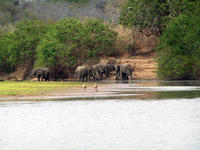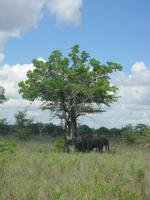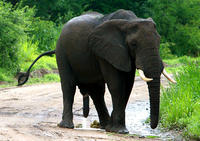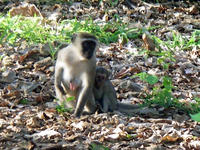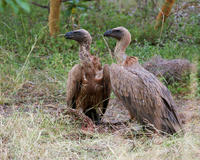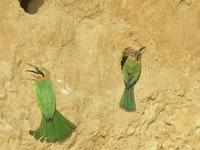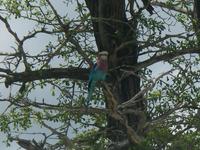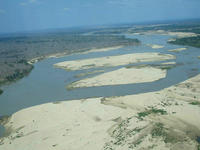You are in: Africa -> United Republic of Tanzania -> Selous Game Reserve, and traditional search or Image Gallery will yield results of this site only
Selous Game Reserve
| Site number: | 199 |
|
| Type of site: | Natural Heritage in danger | |
| Date: | - | |
| Date of Inscription: | 1982 | |
| Location: | Africa, United Republic of Tanzania, Coast, Morogoro, Lindi, Mtwara and Ruvuma Regions | |
Up to 75 images are shown here. Click on each for more details or on Image Gallery for more images.
| Description: | This immense 50,000 sq. km sanctuary houses countless elephants, black rhinoceroses, cheetahs, giraffes, hippopotamuses and crocodiles. Abundant with animals, it is comparatively undisturbed by human impact. The park holds a range of vegetation zones, varying from dense thickets to wide open wooded grasslands. --WHMNet paraphrase from the description at WHC Site, where additional information is available. | |
| The Selous Game Reserve is one of the largest fauna reserves of the world, located in the south of Tanzania. It was named after Englishman Frederick Selous, who died in 1917 while fighting against the Germans in World War I. It was designated a UNESCO World Heritage Site in 1982 due to the diversity of its wildlife and undisturbed nature. It has a total area of 54,600 km². Some of the typical animals of the savanna (for example elephants, hippopotami, African Wild Dog and crocodiles) can be found in this park in a larger numbers than in any other African park. The area became a hunting reserve in 1905. Nowadays it has a touristic importance and most of it is rarely visited by humans. The strong presence of the Tsetse fly discourages visitation. Interesting places in the park include the river of Rufiji, which flows into the Indian Ocean in front of the Mafia Island and the Stiegler, a canyon of 100 metres depth and 100 metres width. Around this canyon can be found most of the touristic facilities. In the Selous Reserve safari by foot is permitted. This type of exploration is forbidden in most other national parks of Africa. --Wikipedia. Text is available under the Creative Commons Attribution-ShareAlike License. | ||
| Source: | http://whc.unesco.org/en/list/199 | |
| Reference: | 1. UNESCO World Heritage Center, Site Page. | |




